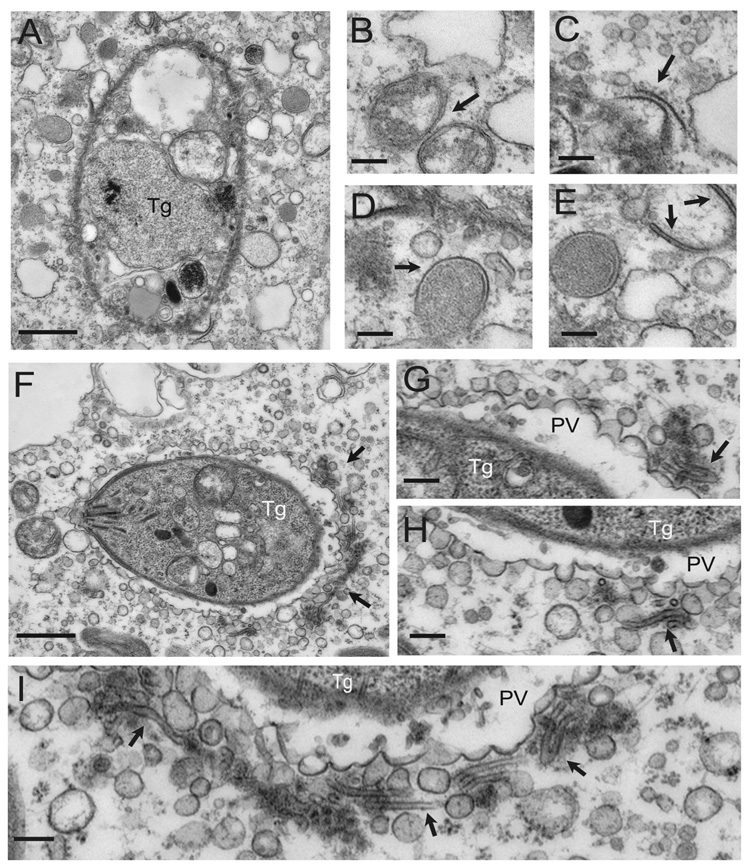Fig. 5. Electron microscopic analysis of damage to the parasitophorous vacuole in IFNγ/LPS activated control macrophages.
Clearance of T. gondii infection by control macrophages treated with IFNγ/LPS is associated with a process of vacuolar membrane damage including vesiculation and blebbing 5 hours after infection. Findings here were specific for control macrophages and were not observed in Atg5-deficient macrophages.
(A) Heavily damaged parasite within the cytosol following dissolution of the parasitophorous vacuole membrane. The parasite plasma membrane shows evidence of damage. Scale bar = 0.5 micrometers.
(B–E) Examples of double-membrane bound compartments forming in the vicinity of the degraded parasite. Scale bars = 0.1 micrometer.
(F) Parasite residing within a parasitophorous vacuole that is undergoing extensive membrane blebbing and vesiculation. A prominent cluster of membrane vesicles and flattened cisternae are found at the posterior end (arrows). Scale bar = 0.5 micrometers.
(G–H) Enlarged views of the membrane vesicles showing flattened cisternae (arrows). Scale bars = 0.1 micrometer.

